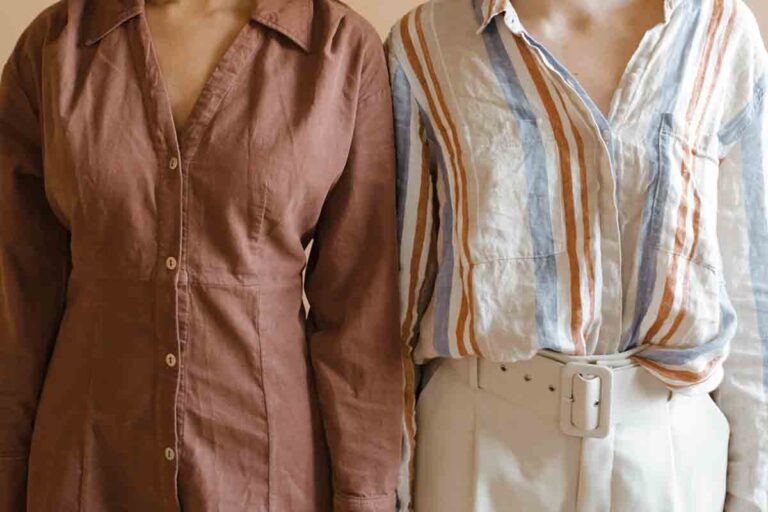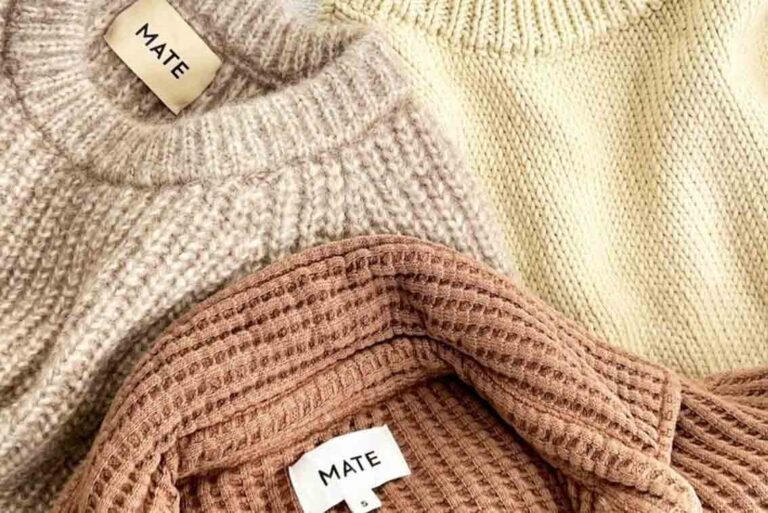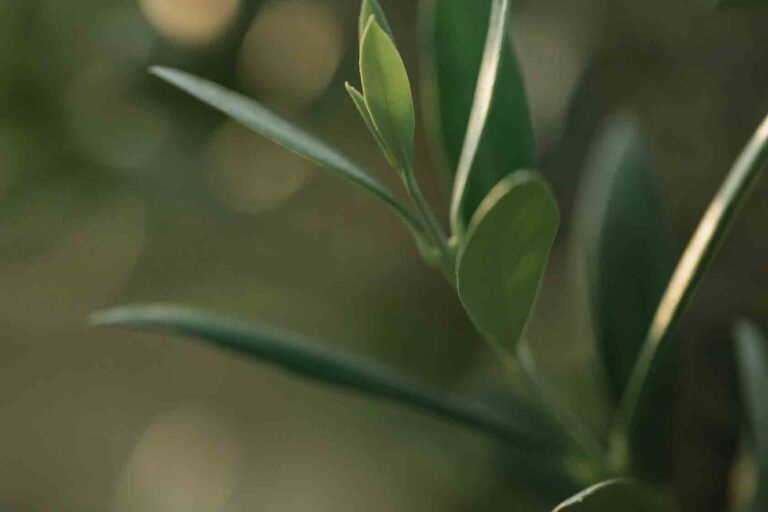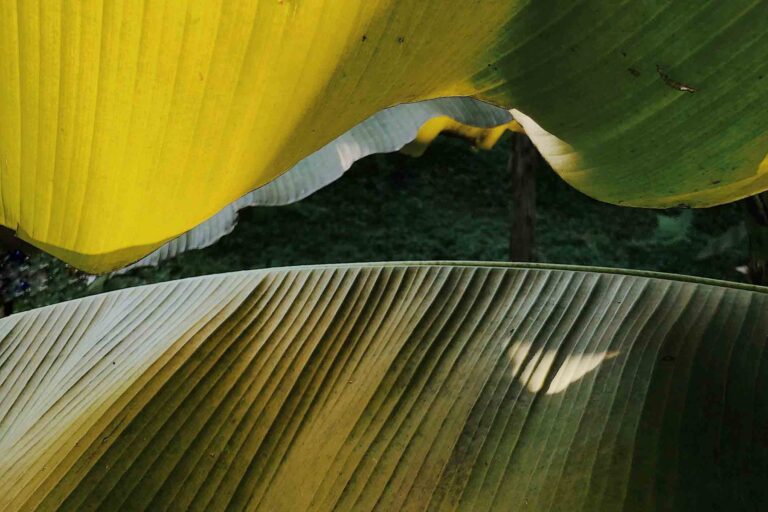Fashion is controversial.
From the latest trends to runway haute couture, it seems everyone has something to say. And sometimes, those conflicting views go deeper than the surface of the clothes themselves.
The debate between vegan leather versus real leather is one of the clearest examples of this: leather, a material that has been celebrated for everything from its “rock n roll” vibe to its durability, is now commonly criticized for its environmental toll.
That said, the alternatives come with their own concerns as well. So, the question remains: Are vegan leather alternatives really a better option, or are they simply presenting new challenges disguised as solutions?

Sustainability of Real Leather
Real leather is made from animal skin and undergoes various tanning and treatment processes to create the product that is used to make your bags, shoes and jackets.
Genuine leather has high durability and longevity; with proper maintenance, leather can last for decades. Real leather also ages well and develops a unique pattern over time, called a patina.
These qualities make real leather unique, as this ability to age gracefully gives it a long lifespan; quality and longevity are two important aspects of a sustainable product.
Leather is often talked about as a by-product of the meat industry, and some argue that this makes it sustainable, as it would otherwise end up in a landfill.
However, others argue that real leather is a co-product, not a by-product; and those impacts from raising cattle should be included in its environmental footprint.
Either way, the negative environmental impacts of leather extend far after the sourcing of the animal skin itself.
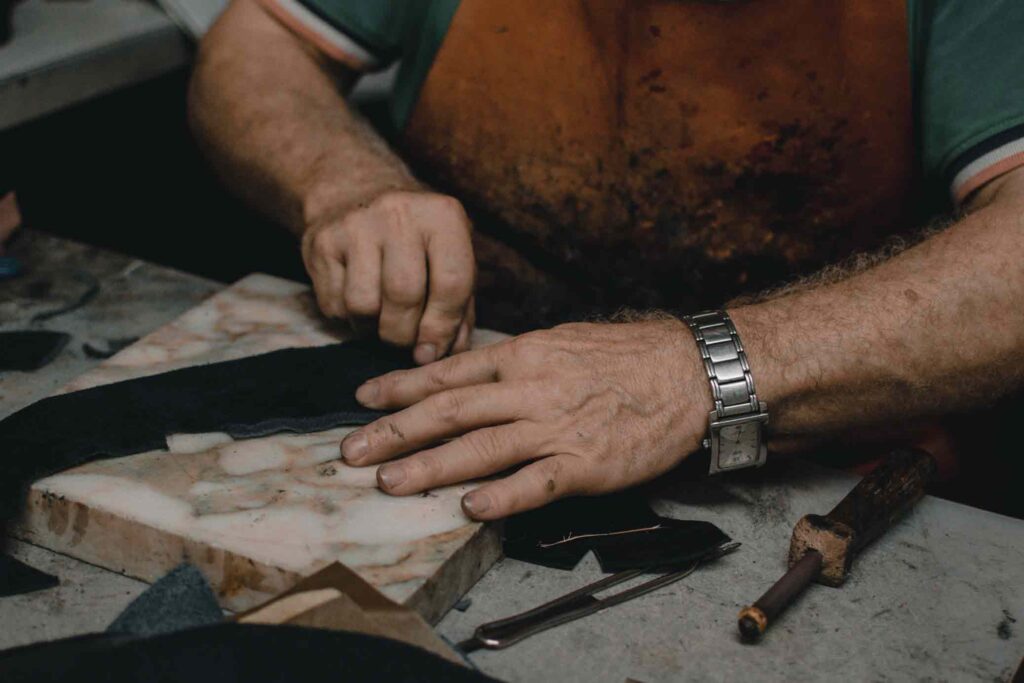
Environmental Concerns
Though a durable and long-lasting product, real leather has been heavily scrutinized for its environmental impacts. These include:
- Deforestation and land use: Leather contributes to environmental impacts associated with raising cattle. This includes extensive land use, with about 38% of the world’s habitable land for livestock and 12% of the Amazon rainforest replaced with cattle pastures, impacting important ecosystems and carbon absorption.
- Chemical pollution: The tanning process in leather production, primarily using chromium, leads to water and air pollution, which damages ecosystems and harming human health. This can be seen in the severe pollution of water bodies, like the Ganges River, in leather-producing regions.
- Water pollution: The leather-making process is highly water-intensive, requiring about 8000 liters per pair of shoes, with 60% of this water used in the tanning process to dissolve chemicals and maintain the hides in drums.
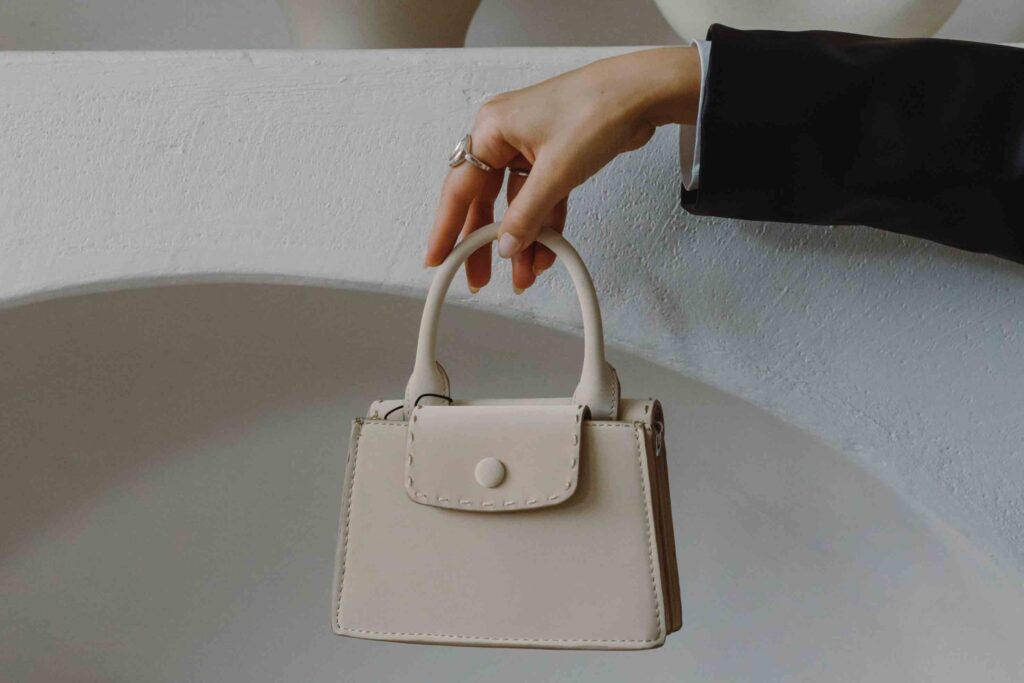
Vegan Leather Sustainability
With the concerns of real leather, vegan leather has grown in popularity. There are many benefits to these options when compared with traditional leather; that said, fake leather still comes with important drawbacks that shouldn’t be ignored.
Types of Faux Leather & Their Drawbacks
The topic of vegan leather is a complex one. Unlike traditional leather, vegan leather can be made from multiple different materials, and these each come with different pros and cons.
- Synthetic faux leathers: Synthetic leathers are most commonly created from plastics, either PVC or PU (polyurethane), which are derived from fossil fuels. PU is naturally more flexible and a better choice over PVC, as it is processed with less chemicals such as phthalates, which PVC relies on for flexibility. That said, both are still reliant on fossil fuels and have poor biodegradability.
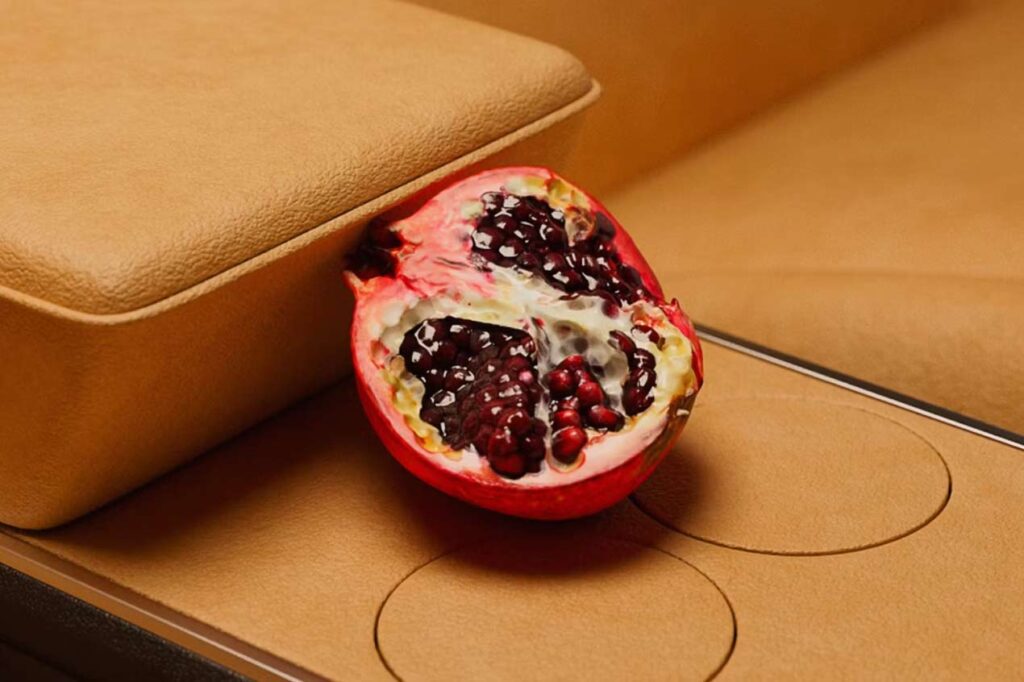
- Bio-based vegan leather: Another alternative to authentic leather is plant-based leather. These innovative materials are made from plant sources, such as pineapple leaf fibers, mushrooms, and even grown from fermented food waste. While these options have high potential, they are not currently widely scalable, and many still rely on synthetic chemicals or are combined with synthetic materials to make the finished product.
Real Leather Vs Vegan Leather: Sustainability Comparison
As the majority of vegan leather today are created from PU or PVC, most of the data available today speaks to these pleather options.

Carbon Footprint / Greenhouse gas emissions
Vegan leather has a lower carbon footprint.
Calculating the carbon footprint of leather is tricky, given the debate about whether leather should be viewed as partially responsible for the carbon footprint of raising cattle, a huge contributor to greenhouse gas emission as well as associated deforestation.
Most assessments from the leather industry focus on emissions post-slaughterhouse; even then, the emissions from traditional leather are still greater than that of synthetic leathers.
Vegan leather produces roughly 1.2 kg less of CO2 per square meter than authentic leather, even without considering any emissions prior to the slaughterhouse. Given that the leather industry is profiting from these impacts, it’s safe to say that vegan leather comes with a lower carbon footprint than their animal leather counterparts.
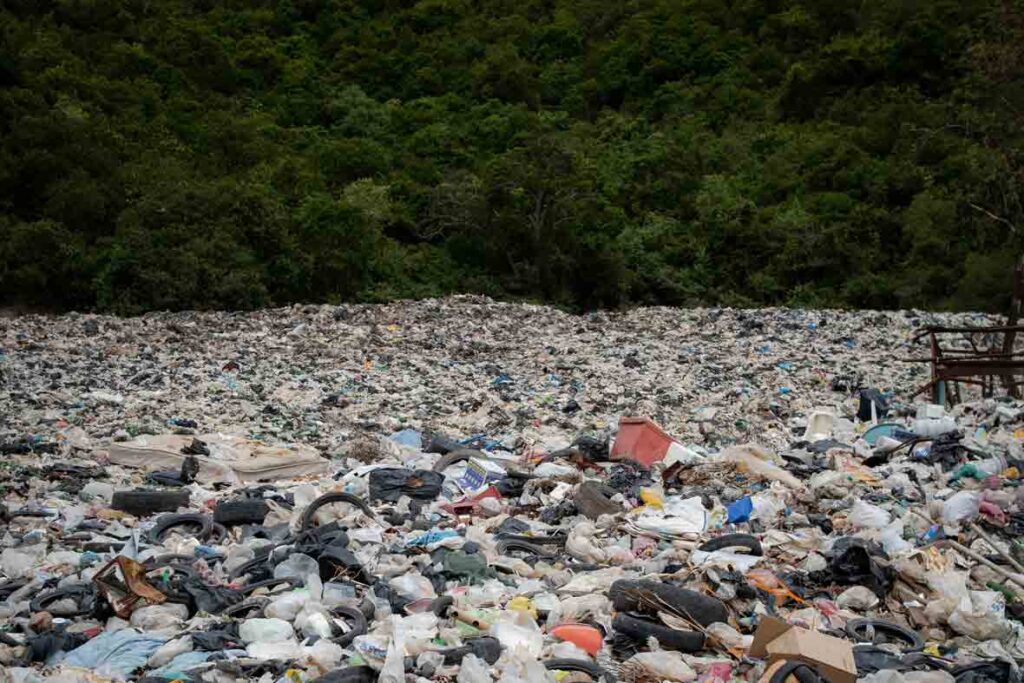
Landfill Waste
Authentic leather has a longer product lifespan and superior biodegradability.
One of the biggest benefits of authentic leather is its lifespan. As a durable material that can withstand hard wear and tear and is highly repairable, many view purchasing a quality pair of leather boots as an investment in a way that synthetic leathers cannot be seen.
Vegan leather products have a typical lifespan of only 2-5 years. Real leather, on the other hand, will last a minimum of 5-10 years and can last for decades depending on the grain, quality, and care.
After use, real leather will biodegrade in 10-50 years in a landfill, whereas materials like PVC can take over 500 years to break down.

Water Pollution
Both leathers pollute water, in different damaging ways.
Traditional leather has harmful impacts on water in terms of both pollution and high water usage. The tanning process of leather consumes excessive amounts of water and is known for polluting water sources. Take the Ganges River in India, for example; what was once an important water source for the country is now one of the most polluted water streams, thanks in large part to pollution from nearby tanneries.
While vegan leather uses less water and doesn’t have the same chemical pollution issues, synthetic leathers harbor another environmental invader: microplastics.
When synthetic materials break down, tiny pieces shed off and pollute the water streams. These microplastics are now commonplace in our world today, from our food sources and soil to deep in the ocean, impacting animal, human, and ecosystem health alike.
Which is More Sustainable?
So, authentic or synthetic leather; what’s the answer? Clearly, it’s not a straightforward subject. With significant pros and cons to both, trying to argue the superiority of real leather over vegan leather is not a worthwhile battle.
Rather, we should look to minimize the negative effects of either option, which we can do by prioritizing the best options of both real and vegan leather and helping promote a more sustainable fashion landscape in years to come.

When Choosing Vegan Leather:
To select the best sustainable vegan leather option…
1. Research the Material
Remember the difference between plant-based and PVC vegan leathers, and check the material description to really know what you’re buying and avoid fast fashion greenwashing.
2. Check for Supply Chain Transparency & Certifications
Choose vegan leather brands that are transparent about their supply chains and manufacturing processes. Many vegan leather brands that support sustainable practices will share this in a sustainability section on their site. Additionally, you can use a site like Good On You to verify the brand’s impact.
You can also look for products with sustainability certifications like the Global Recycled Standard or OEKO-TEX Standard, which test for toxic chemicals and verify ethical practices.
3. Assess Durability and Quality
I purchased two pairs of faux leather boots before knowing what I was looking for; one has lasted me three years, and the other showed significant wear after only a few months.
Look for a thicker material that has some flexibility to it. Opting for a darker color can also be a good choice, as it’s less likely to show wear and tear. (Speaking from experience — my bad pair are white! Mistake!)
4. Support Innovation
When possible, opt for faux leather materials like pineapple leaves, cork, or mushrooms, which are innovative and less harmful. Although these might still rely on chemicals today that are not a perfect solution, these companies are working towards finding solutions that could drastically change the sustainability landscape, and, as long as they are transparent about what they are trying to improve, deserve support.
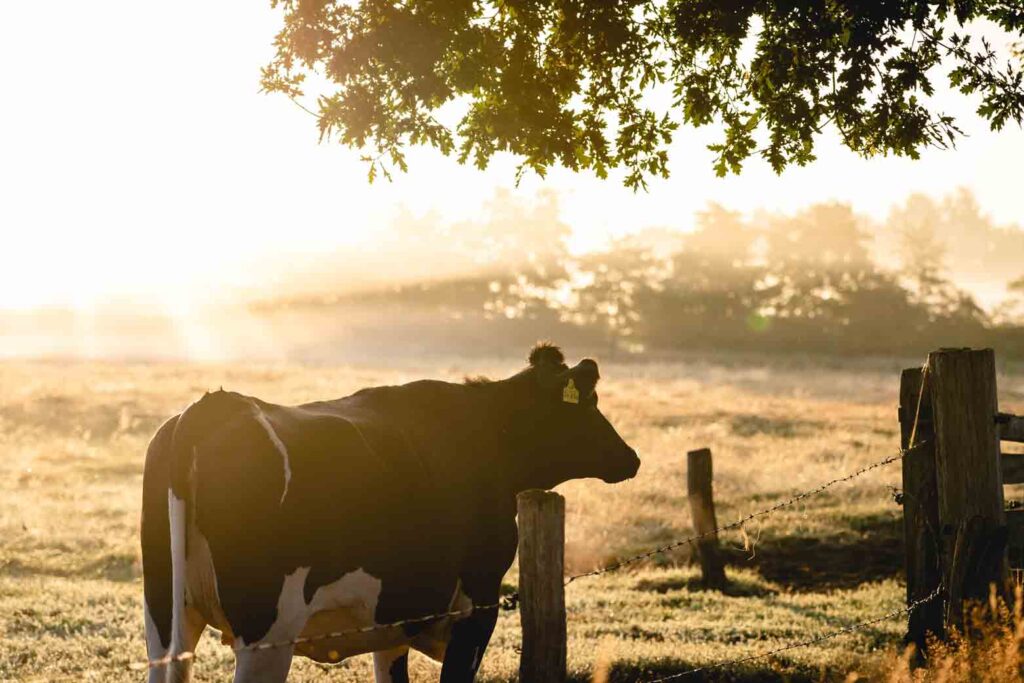
When Choosing Traditional Leather:
When selecting sustainable real leather, keep these key considerations in mind:
1. Prioritize Chrome-Free Tanned Leather
Opt for vegetable tanning or chrome-free processes to reduce environmental pollution. Look for brands like Veja that use vegetable-tanned leather and check for LWG certifications for sustainable tanning practices.
2. Choose Reduced Water Consumption Methods
Support companies that implement water-saving technologies in leather processing. For instance, ECCO Leather’s DriTan technology saves water by using moisture in hides, and they also recycle water for a more circular production approach.
3. Purchase from Sustainable Livestock Farming
Seek leather sourced from farms practicing sustainable methods, which help lower the carbon footprint and improve environmental impact. Brands like Patagonia source leather from regenerative organic farms focusing on soil health and reducing greenhouse gases.
4. Utilize Waste Products
Look for brands that creatively use scrap waste from leather production. Elvis & Kresse, for example, repurposes leather offcuts from luxury brands to create durable and stylish accessories.
Innovation and Future Trends
Though much of the conversation around sustainability focuses on the doom and gloom, there are many exciting innovations in real and vegan leather that are worth focusing on. Many bright minds are hard at work to create better options for the products we use, and leather is no exception.
As we mentioned previously, bio-based vegan leathers offer a way more sustainable vegan option, though many are just taking off.
One such vegan leather example is Polybion, a Mexican biomaterials company that uses microbial fermentation to grow their own leather-like fabric while recycling food waste at the same time.
In the traditional leather space, innovative companies are brewing as well; one of them being the briefly aforementioned ECCO Leather. Developed by DriTan, ECCO Leather can save vast amounts of water during the tanning process by utilizing the moisture already present in the hide.
Brought to a larger scale, this could have a dramatic effect on the environmental implications of leather.
[Related article: How to Craft a Sustainable Wardrobe: A 6-Step Guide to Eco-Conscious Fashion]
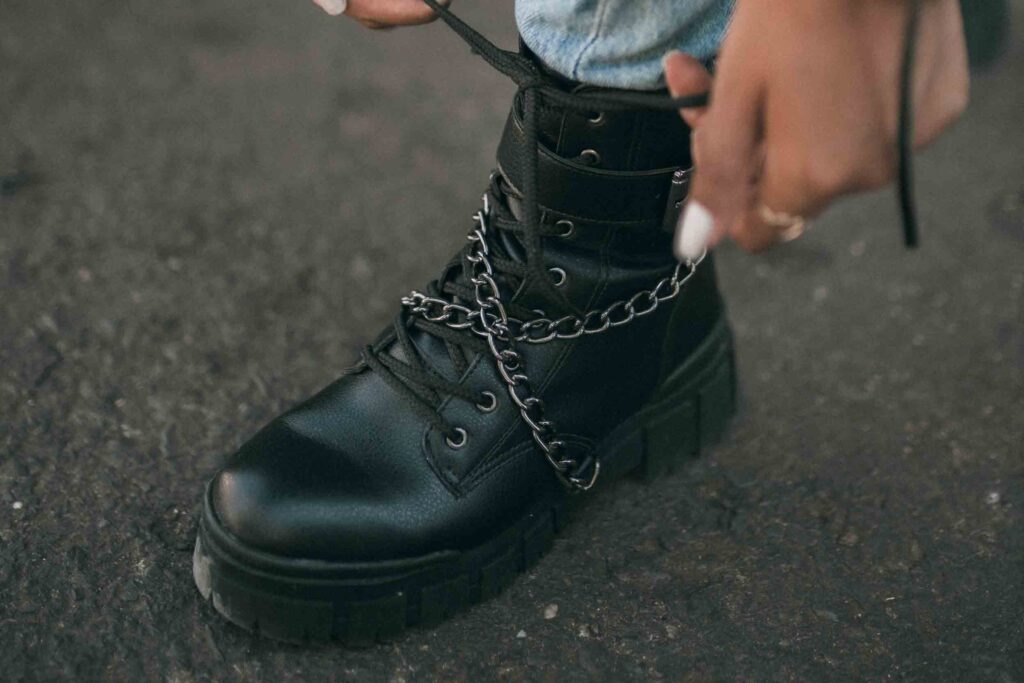
Wrapping Up
The sustainable fashion debate between real and vegan leather is nuanced, with each having distinct benefits and drawbacks. Vegan leather, seen by many as more eco-friendly, faces environmental challenges due to its reliance on plastics and durability issues. Real leather offers longevity and biodegradability but comes with significant environmental costs in production.
The future of sustainable fashion lies in embracing the best practices in both categories: choosing innovative, eco-friendly materials for vegan leather and supporting ethical, environmentally conscious methods in real leather production. Emphasizing innovation and responsible practices across both synthetic and real leather sectors is key to advancing a more sustainable fashion industry.




